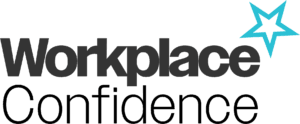How can I use data or statistics effectively in a media interview?
How can I use data or statistics effectively in a media interview? Unless you have been specifically requested to take part in an interview to share lots of facts and figures, use data and statistics sparingly.
Aim to talk about just one or two headline figures. Avoid trying to remember and then discuss lots of numbers.
This is because:
- Very few people remember statistics
- Figures tend to be "dry" in interest value
- They are easy to forget or muddle as an interviewee
- You won't be allowed on air with notes to read
Tip! If your story or contribution has lots of data, offer this well in advance to the producer as it could be more understandable if featured in TV graphics or diagrams.
When using data and statistics in a TV interview be clear and concise
If you must use facts and figures make them as clear and understandable as possible so:
Round up percentages
Don't say, "Our research found 76.8% of people love cheese."
Do say, "Three quarters of people love cheese."
Round up numbers
Don't say, "98,789 people."
Say, "Almost 100 thousand people."
The exception to this is when you are dealing with very large numbers. So don't round £1.9 billion up to nearly £2 billion. £0.1Bn is £100 million, that's a lot of money!
Be prepare for journalist to challenge you on the source of the statistics or fact
Avoid making up numbers or half-remembering something you once read online. Have evidence to back up what you are saying. It's ok to quote anecdotal evidence as long as you are clear about it.
Advice! Here's what the BBC says about statistics: The statistics must be accurate and verified where appropriate, with important caveats and limitations explained. We should use a range of evidence to put statistical claims into context and help audiences to judge their magnitude and importance.

